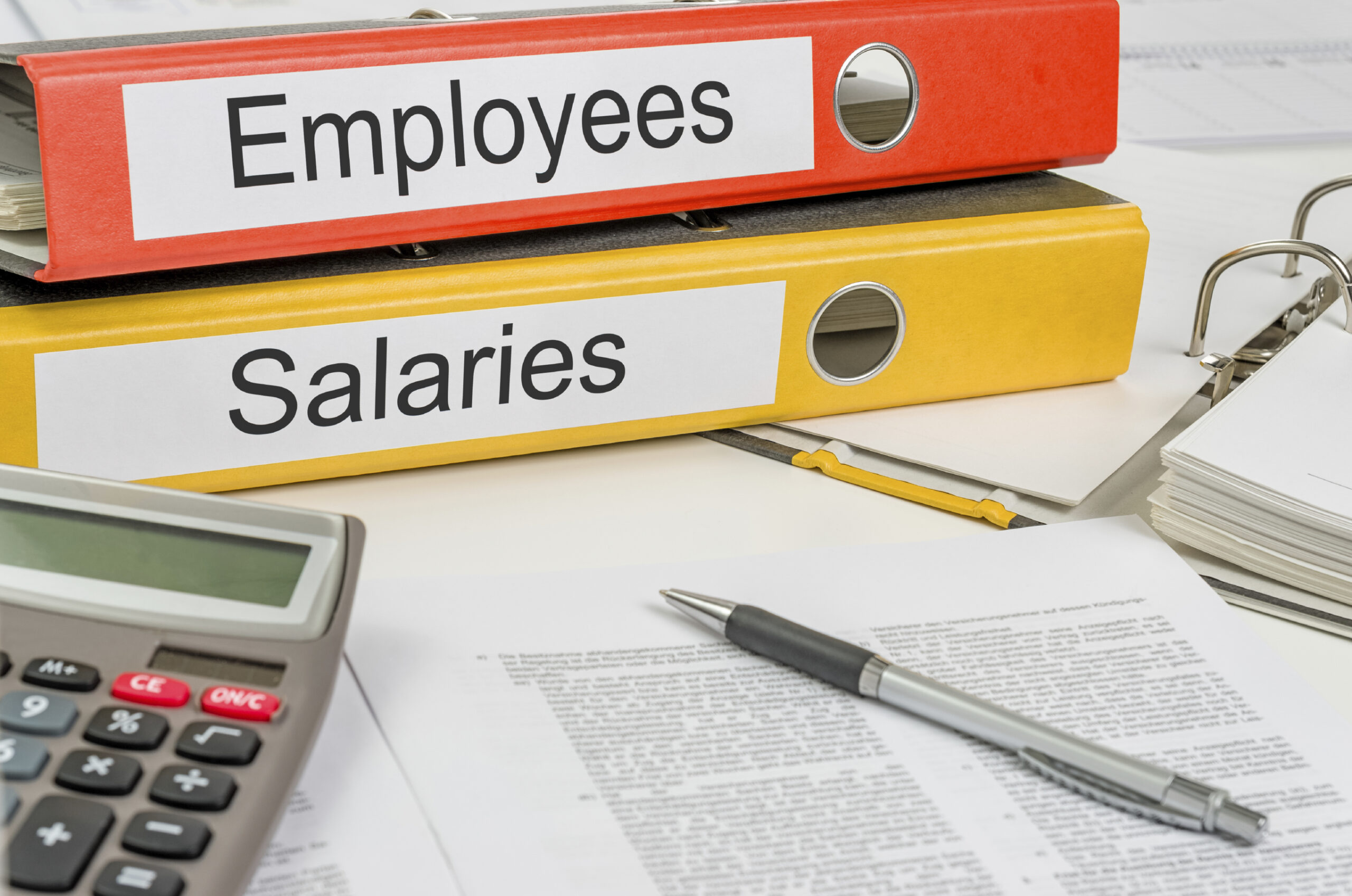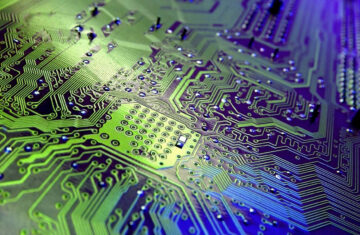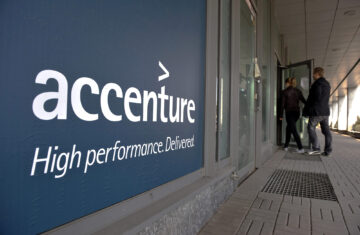Why does an individual with a salary of $1,000 not buy a luxury high-speed car for $100,000 by paying it in installments over several years? And if this person, who has the salary, buys this car, how will he pay the main costs that are required to move the car from its place, such as fuel or a license, etc., or how can he maintain this car if it was damaged by an accident or something else? Certainly, a person cannot buy such a car with this salary alone. Because there are many expenses that he must pay, without which life cannot be established, and other expenses that are paid to facilitate life, and other expenses that are paid for emergencies and other reasons, the same applies to the government. When it obtains certain revenues of $10 billion, we cannot ask it to pay it in full on a specific project for the same reason. For the previous reason, what are the types of public expenditure incurred by the state?
What are the types of overhead?
There are a large number of classifications of public expenditures based on the result achieved by these expenditures, and the following is a statement of the most important of these classifications:
Capital and Revenue Expenditure
Capital expenditures
Expenditure is considered capital if it is spent on building productive fixed assets because it adds to the net productive assets of the economy. It is also referred to as “development expenditure” because it is based on increasing the productive capacity of the economy as a whole with the aim of enhancing the economic development of the state, such as spending on agriculture, industry, and others.
Revenue expenses
It refers to current expenditure or consumption expenditure incurred during a specific period of time, such as spending on salaries and the health sector as consumption requirements, not production or development, or like spending on ammunition and salaries for the military sector.
Development and Non-Development Expenditure
Development spending
It is an expenditure paid on developing the infrastructure, public institutions, or production capacity to aid the growth of the country’s economy and bring income to the government.
Non-development spending
It refers to expenditures incurred on activities that do not bring any income to the government, such as paying interest and expenditures on law and order, or any expenditures that do not create any productive fixed assets that benefit the economic growth of the state. Spending on education, health, and research in these two areas has been considered non-developmental expenditure for a period of time. It is very large because it does not provide direct income, but at the present time it is classified as development spending due to its effects on development in the long term.
Transfer and Non-Transfer Expenditure
Transfer expenses
It includes expenses incurred by the government without obtaining any direct compensation, such as expenses paid to pay interest, support state aid funds, support the Social Security Fund, or disburse unemployment allowance for the unemployed, and aims to add welfare to society. It can also be considered a method used to redistribute income within society. And when the state pays interest on debts, it does not receive any transfer in exchange for it, meaning that the amount that was paid does not produce anything tangible in exchange for it.
Non-transfer expenses
They are expenses paid on developmental and non-developmental activities that lead to the creation of outputs, directly or indirectly, such as expenses on infrastructure, defense services, etc. When the state spends money to build a railroad, there will be a tangible result, which is the existence of a railroad.
Expenditures, both planned and unplanned
Planned expenses
Expenditures incurred by governments within the framework of a development program previously presented in the budget are considered planned expenditures, whether they are consumption or production, such as establishing investment projects or spending on education and health.
Unplanned expenses
They are all other expenditures incurred by the government, whether for consumption or production, but they were not included in the development program that was presented in the budget.

Primary and Secondary Expenditure
Initial expenses
or, as it is known, “basic expenses,” which are all expenses necessary to be paid to ensure the existence of the state.
Secondary expenses
They are all expenditures incurred by the government to achieve the development of the country, increase welfare, or pursue any other interest.
Defense Expenditure
They are all expenditures that are spent on the defense sector of the state, whether they are consumption expenditures such as wages and consumable supplies such as food, ammunition, etc. or investment expenditures that aim to develop the military sector, such as research and factories for military equipment. The government bears these expenditures in order to provide national security.
Civil Expenditure
These are the expenses paid for maintaining security and the rule of law within the country.
Current Expenditure
It is the expenses that are covered by the revenues obtained in the same period and do not produce any capital assets, such as expenditures on wages and consumable equipment that is repeatedly consumed every year, such as paper, ink, printers, and maintenance for government departments.
Read also: What is the real GDP?



